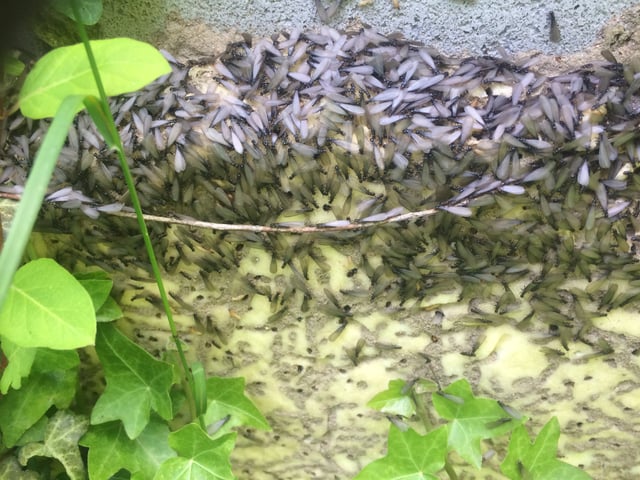FAQ's on termite swarms in Massachusetts
Here are the answers to some frequently asked questions about termite swarms in Massachusetts that you might find helpful.
- Is a termite swarm in Massachusetts related to weather? Subterranean termites typically swarm on warm, calm, sunny days following a period rainy weather. It's possible that you could experience a swarm as early as late February and it could last through May. The bottom line is that termite swarmers, which are the reproductive stage of termites, reveal themselves when the weather conditions improve in the Bay State.

- Is there a specific area where termites swarm? There are a few places where termites are commonly spotted by homeowners. Usually it's indoors, near a light source. Termites attempt to get outside by flying toward light around windows and doors or even toward lights that are on in the room. They will die on their own, and it tends to happen quickly.
- Should I search other areas of the house for a termite swarm? Oftentimes, homeowners experience a termite swarm but never know it. This is because Massachusetts termite swarms happen quickly and commonly in the basement. Unless you inspect along your basement sill, it's possible you won't notice the swarm. You may also notice the aftermath of a termite swarm: long translucent wings that are on the basement floor. Often, people will see these wings on the floor and misidentify it as a flying ant swarm.
- How effective is self-treating? You should never self-treat for termites in Massachusetts. Termites cause severe damage to your home and only a reputable pest management firm like Burgess Pest Management should implement a curative solution. At Burgess, we're one of the elite pest management company's in New England authorized to use the Sentricon Termite Colony Elimination System, which is the most advanced termite elimination system in the history of the industry.


